Submitted Review
‘Particulate Matter’
Synchronicities exist between at Sydney Biennale and this small independent show also in Sydney. The obvious – Iltja Ntjarra artists exhibiting across all spaces (see previous post), whose visual vernacular is born of Namatjira’s Hermannsburg School, but with recent directions in practice influenced by Tony Albert’s invitational 2016 collaborative workshop.
‘Don’t Frack the NT’ by Tony Albert sits in NIRIN at the Museum of Contemporary Art. A collaborative work with the Indigenous youth climate movement SEED. A blatant, direct political voice that is also at the heart of Particulate Matter. So too the strength of collaboration.
Australians recognise Namatjira country, the white gums, cerulean skies, violet ranges, & contrasting greenth springing from red ochre earth. But do we understand it?
Mervyn Rubuntja’s watercolour hangs salon-style with a group of framed Iltja Ntjarra works on paper. It has literal collaged picture book scenes incorporated within an almost Dr Seuss treescape. This is not a Namatjira tradition intended to replicate the great artist’s work but uses our familiarity with the style to direct our gaze in new directions ‘No fracking way’, puts it succinctly.
Jack Green acts as a voice for the Gulf of Carpentaria clans using acrylic paint on small-scale canvases to illustrate his concerns on country. Naïve in style, the figuration and colour of his work has links to the Ngukurr School which the public came to know in the work of late Marra painter Ginger Riley Munduwalawala, who himself was inspired to paint after meeting Namatjira as a young stockman.
Meta-landscape art style – utilising the tradition of great artists, a canon the audience recognises, while incorporating scientific & cultural voices necessary in this time of environmental emergency. Tied together with Clouston & Boyd’s multi-disciplinary creative activism – including soft sculpture, doco-digital media, and MacDonald’s translation of data into culture through photo-digital imagery; impressive is the didactic accompaniments. The artists’ source material is a major component of their practice.
Particulate Matter feels like a precursor to an expansive public show, but considering the source of much institutional funding who will have the courage to take on such a curatorial proposition?
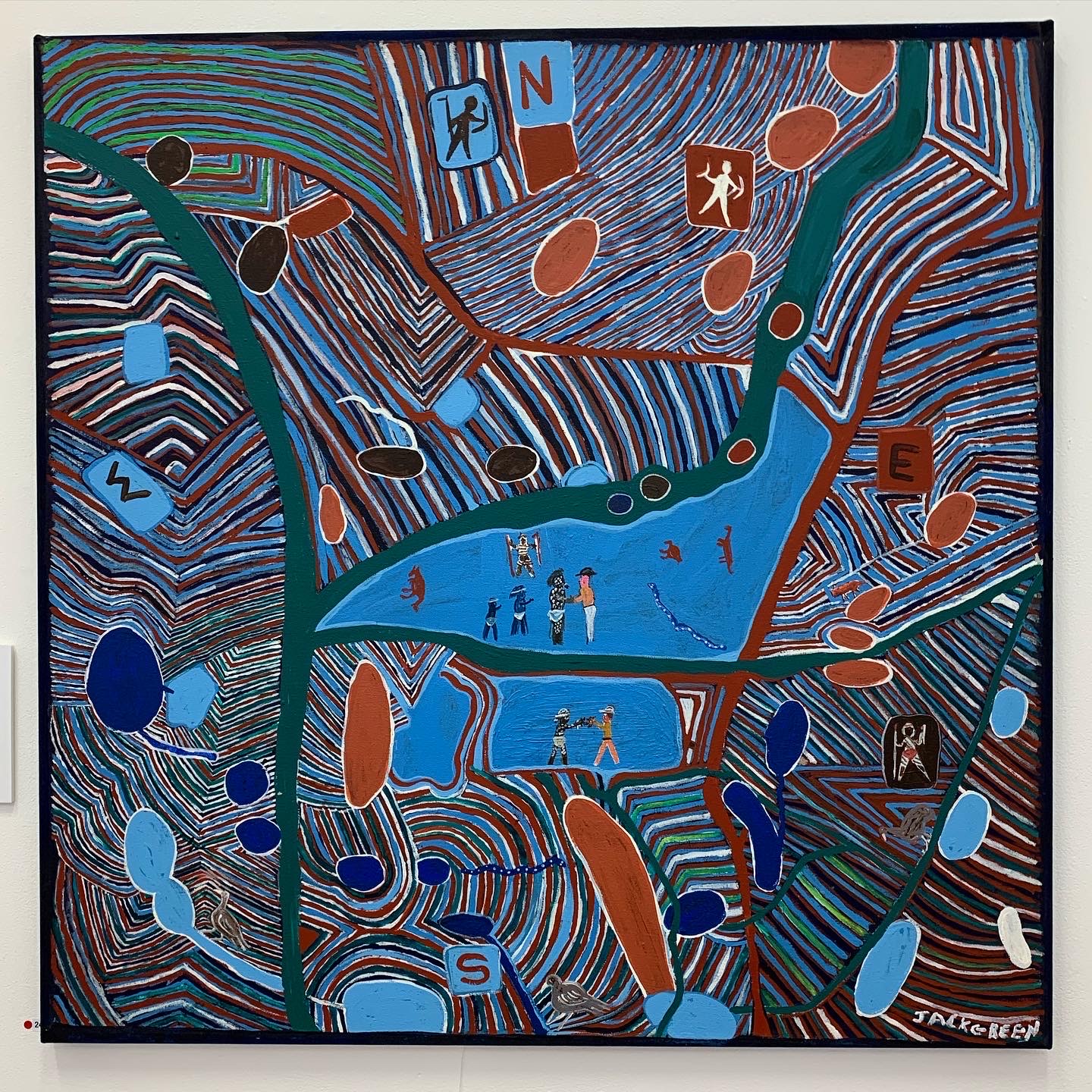
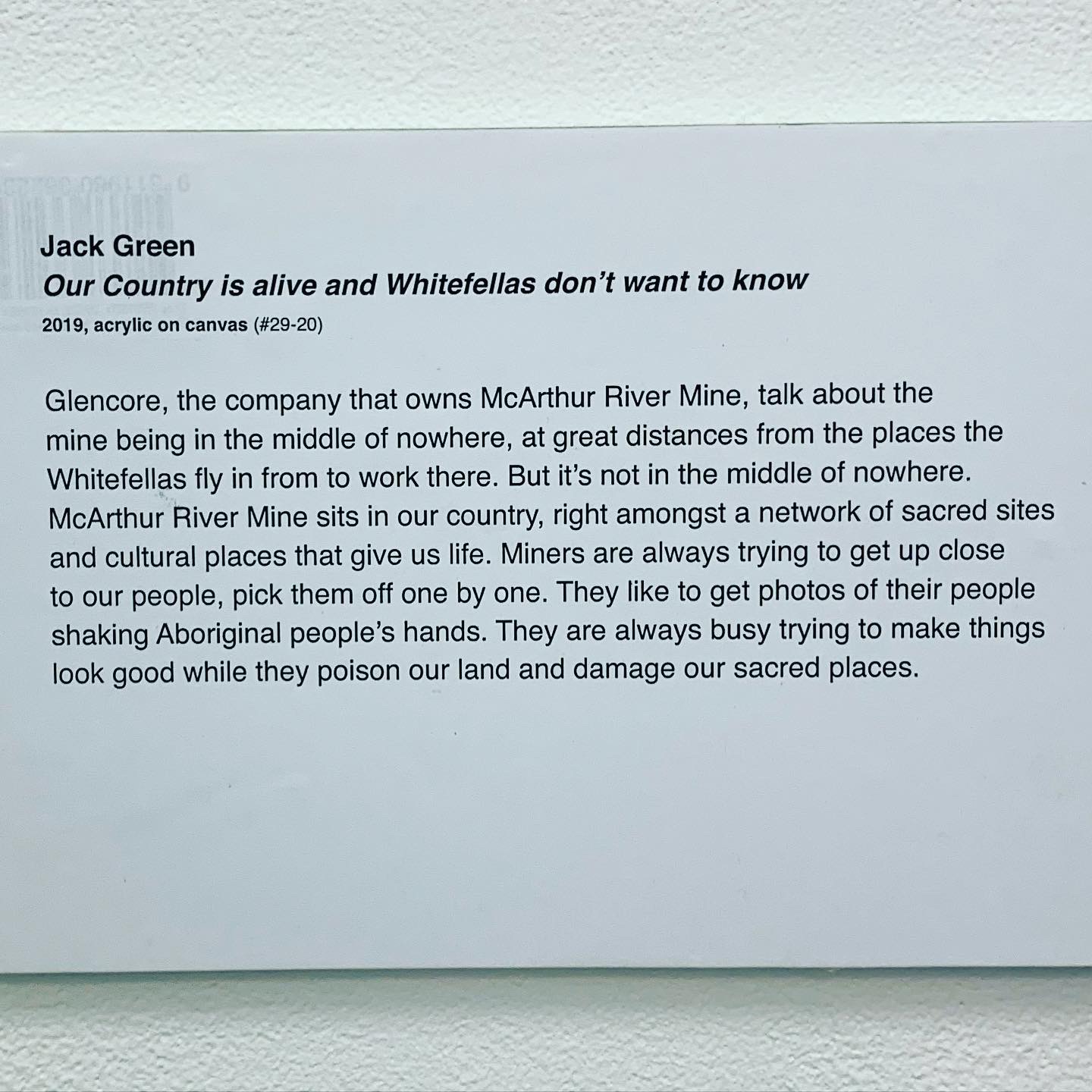
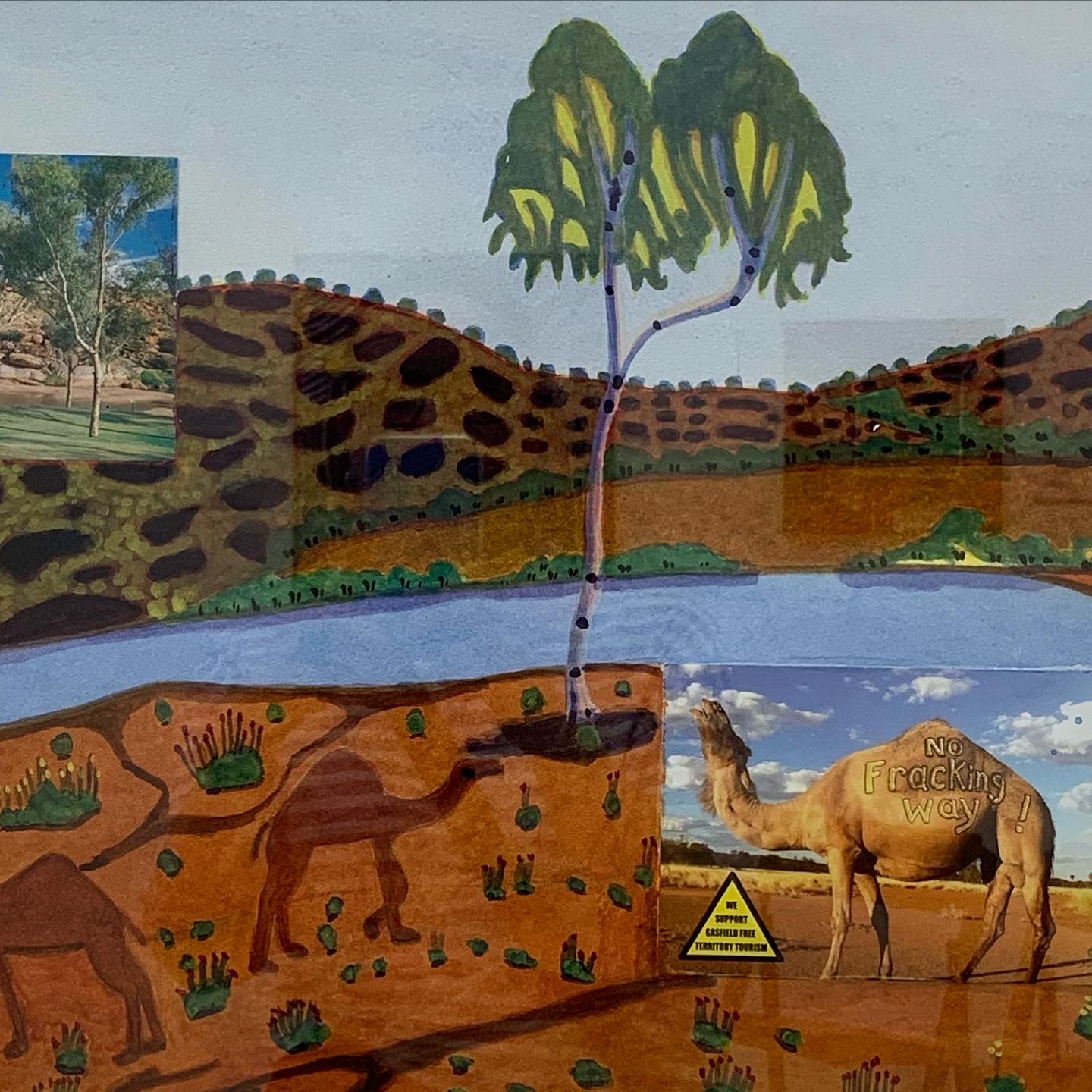
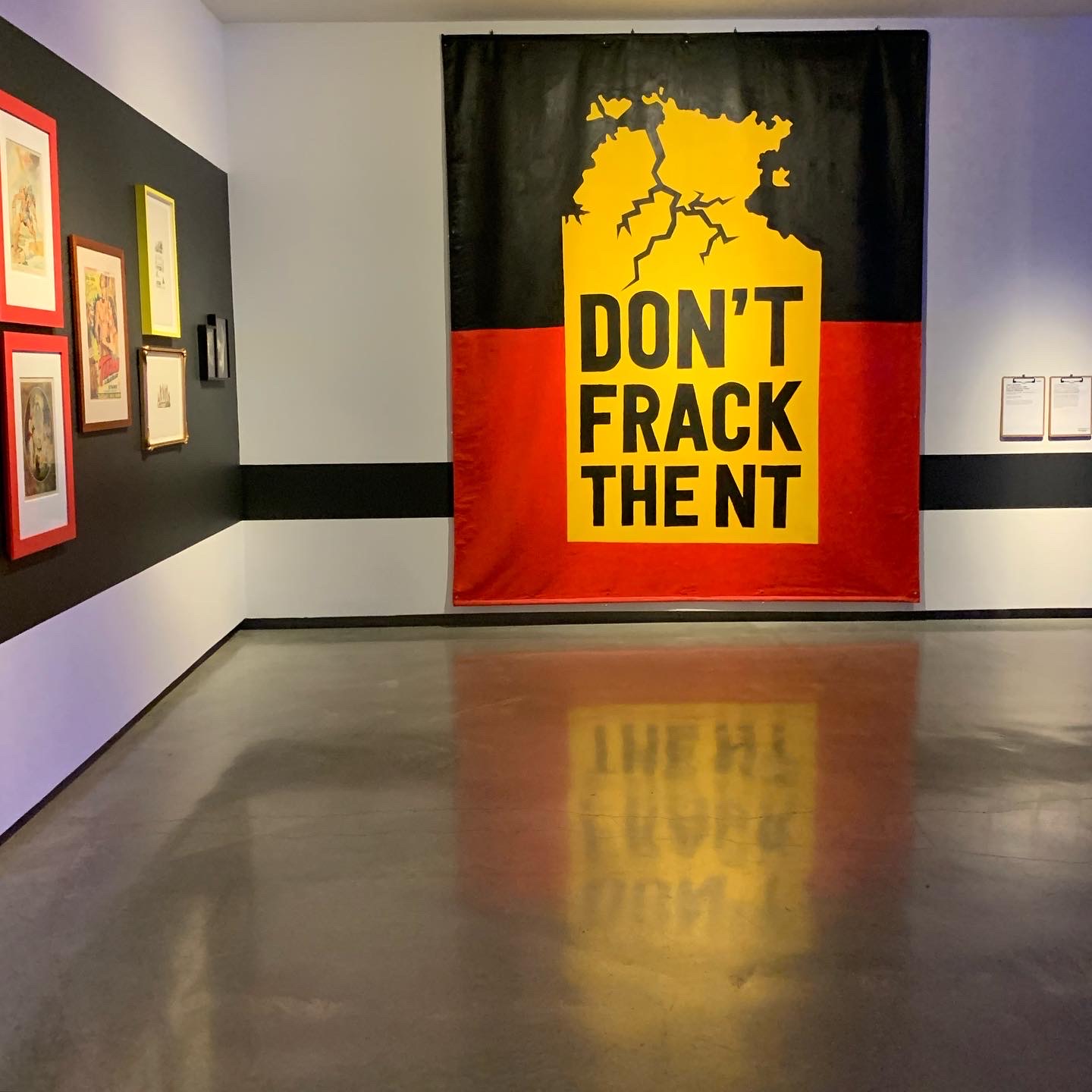
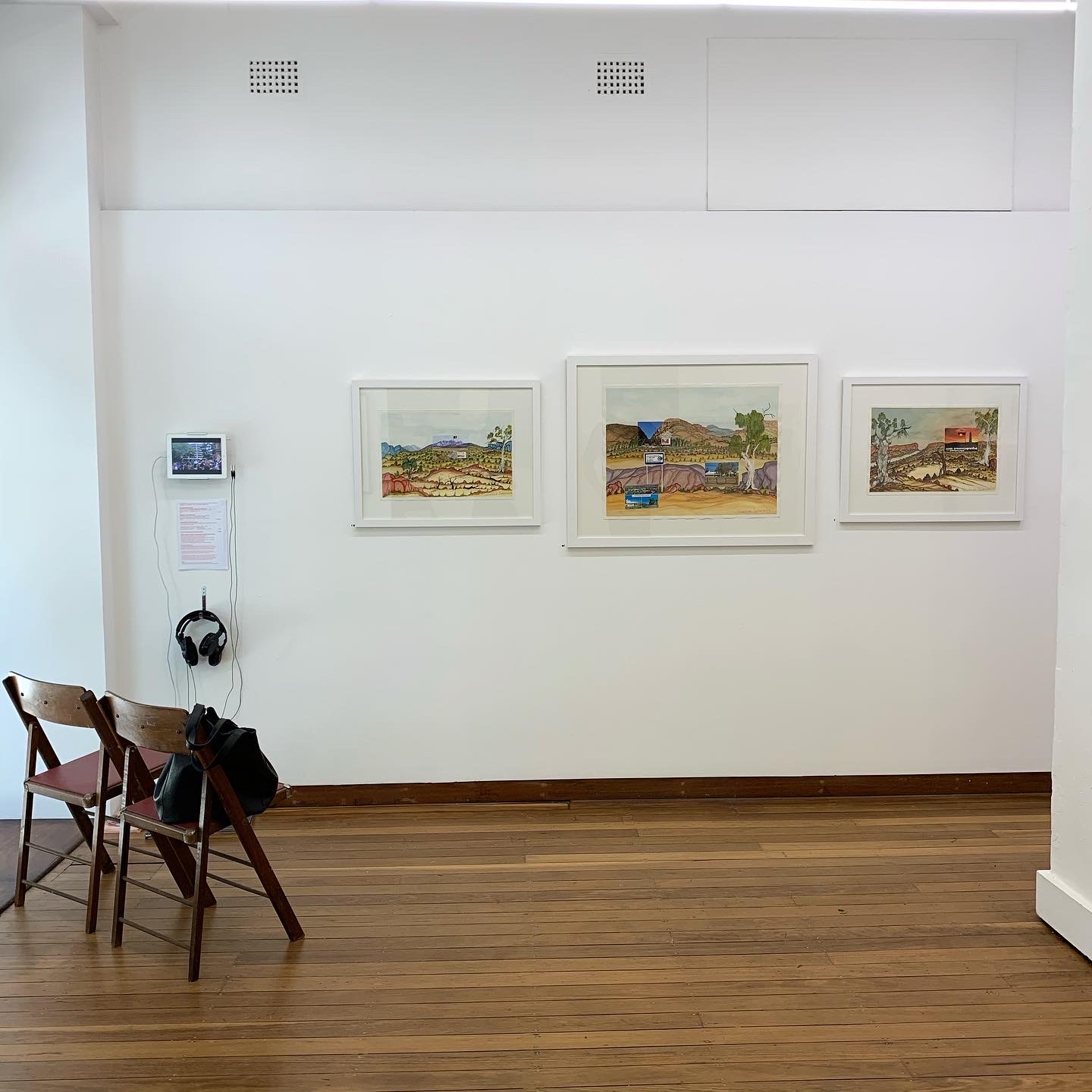
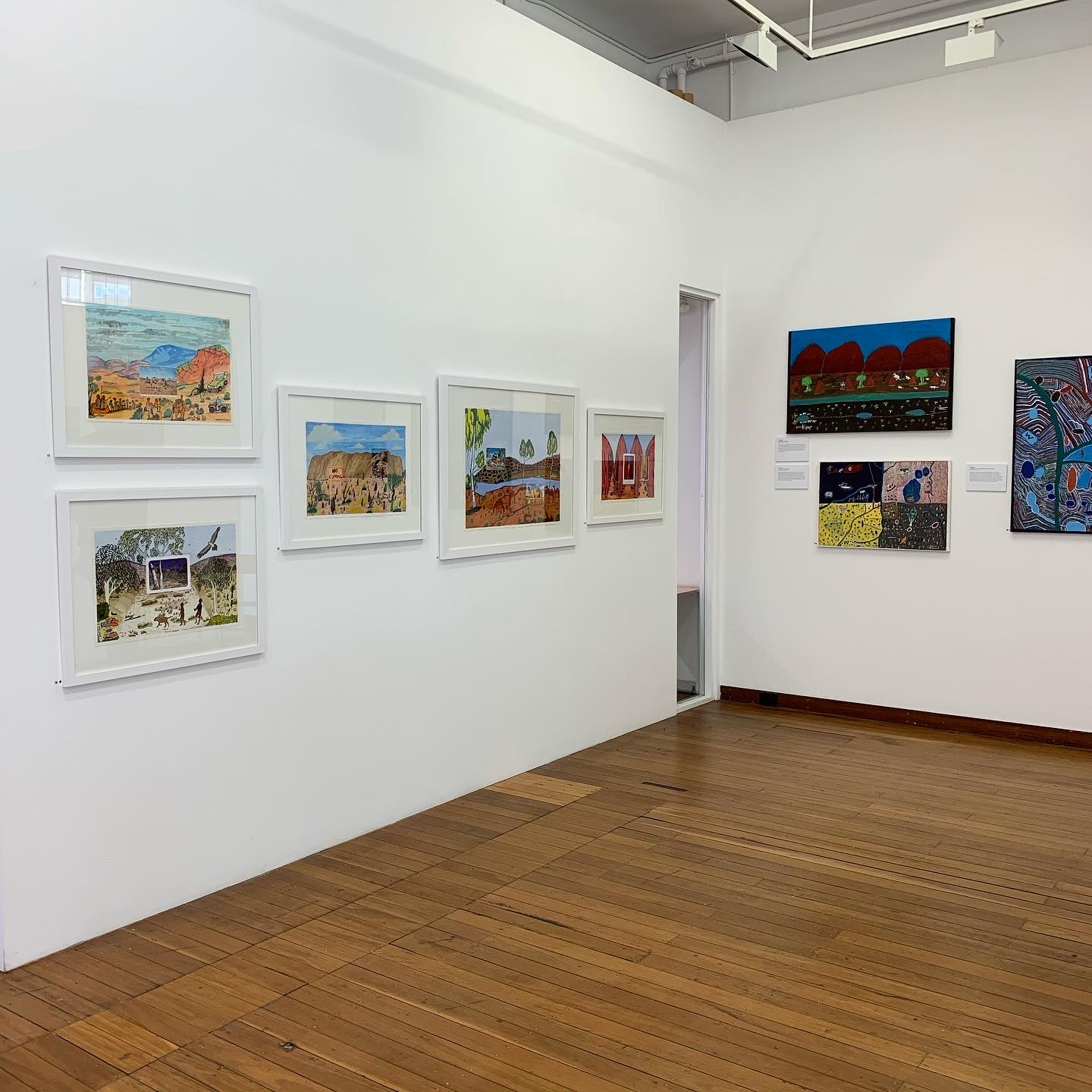
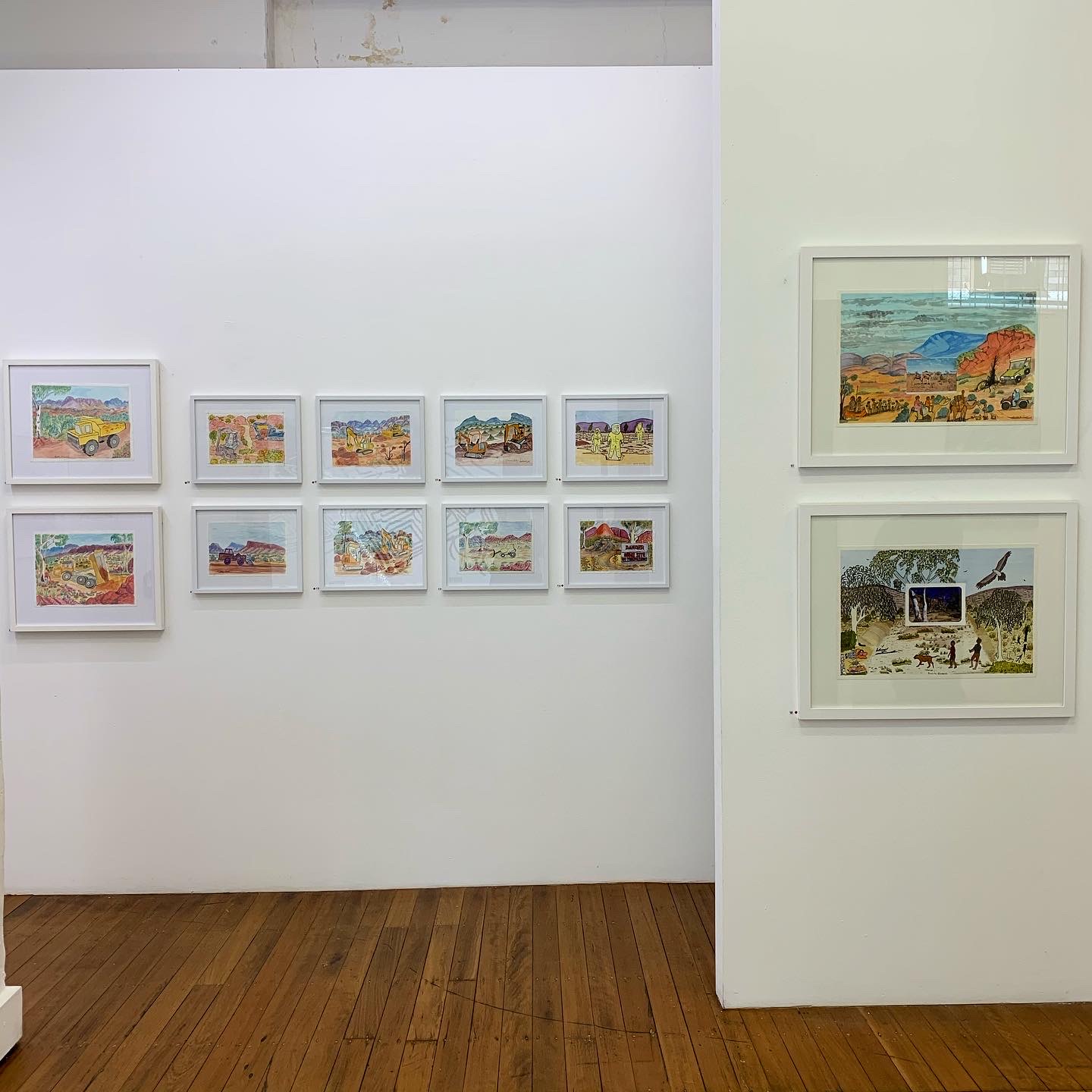
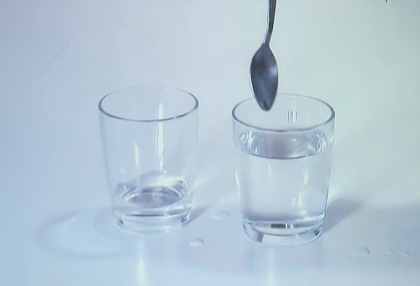
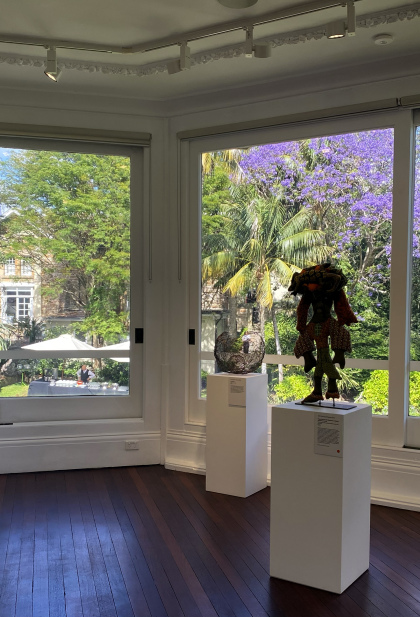
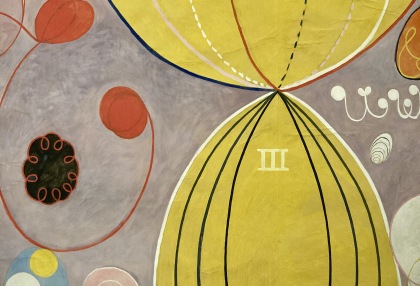
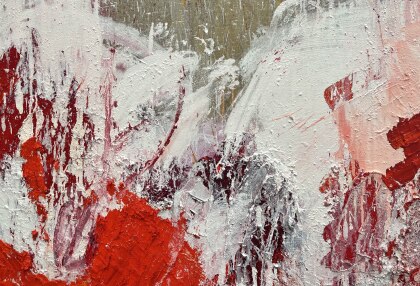

No Comments